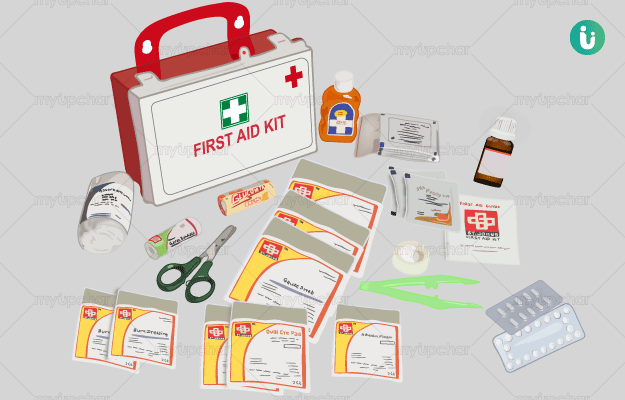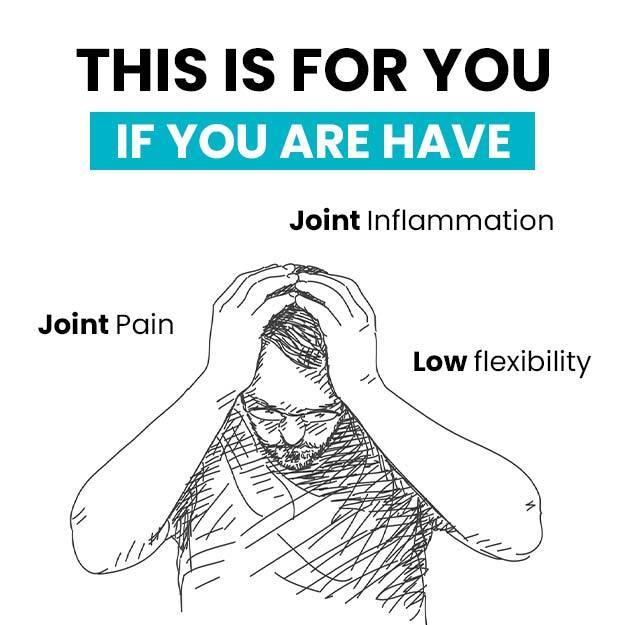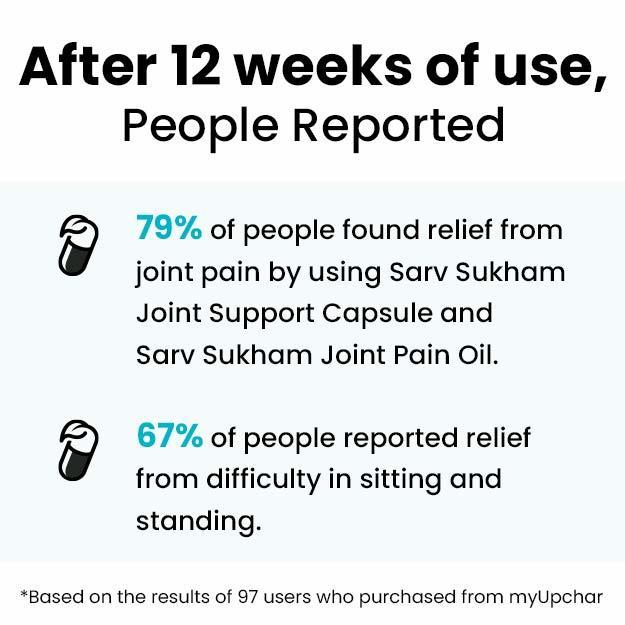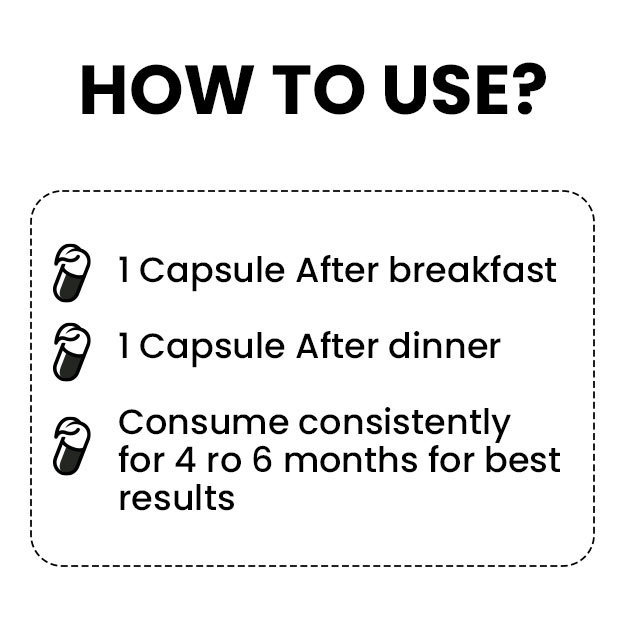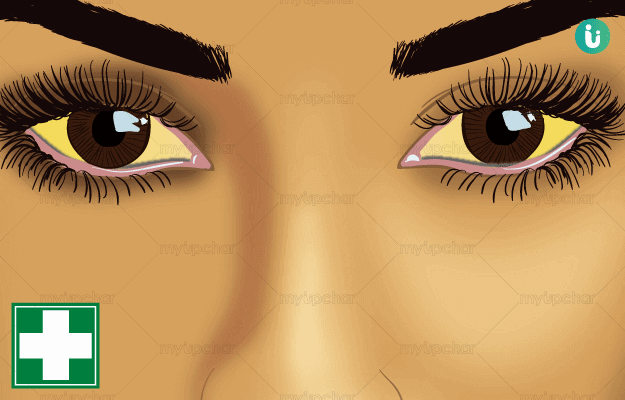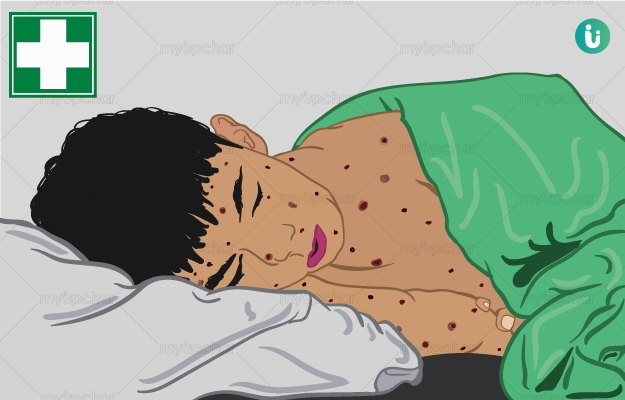First aid is the immediate emergency care given to an injured or ill person until medical help arrives. In some minor cases, first aid itself could be enough to deal with injuries.
- Why is First Aid knowledge important?
- What are the principles of First Aid?
- What is the aim of First Aid?
- What are the rules of First Aid?
- What are the different First Aid procedures?
Why is First Aid knowledge important?
Though first aid has its limitations and does not take the place of professional medical treatment, primary care given to a victim could save their life by being a valuable link in the chain of survival.
- First aid knowledge yields people with the ability to provide help during various emergency situations like ingestion of hazardous substances or a heart attack or during any natural disaster. A person with first aid knowledge becomes more efficient than just another bystander.
- In most situations, if a patient doesn’t receive basic first aid care immediately, their condition is more likely to worsen rapidly. For instance, it only takes six minutes for the human brain to die due to lack of oxygen, which can be prevented if a person nearby is fully trained to deal with such situations.
- A medical emergency is a physically and mentally vulnerable situation, and the victim needs reassurance that they will be fine. If the victim knows they are in the hands of a trained expert, they will be put at ease. The trained first aid providers instil confidence into the injured person and calm them down.
- First aid providers become invaluable support not only to victims but also to professional medical practitioners. They can further help doctors by collecting information from the victim about the incident and past medical history which would eventually save the doctor’s time.
What are the principles of First Aid?
The principles of first aid include:
- Assessing the situation for any possible danger and quickly without panicking, removing the victim from the root of the injury.
- After reaching a safe environment, provide the victim with fresh air.
- If the victim is unconscious, resuscitate the victim and ask for medical help.
- Release all the tight clothing or materials around the victim’s neck, waist or wrist.
- Cover all the wounds, cuts and burns, and immobilize the fractures.
- Arrest the bleeding by tightly tying a cloth near the wound in a way that it acts as a tourniquet.
- Do not attempt unnecessary procedures and transport the victim properly to the medical centre for the required treatment.
What is the aim of First Aid?
The aim of first aid is to provide immediate care for an illness or injury to prevent the condition from worsening. They are commonly known as the three “P’s”.
Preserve life: The main responsibility of a bystander is to assess the situation and preserve the life of the injured person by rendering first aid treatments. The process of first aid would start with C-A-B (Circulation-Airway-Breathing) rule of first aid. The first aid provider might have to perform cardiopulmonary resuscitation (CPR) if the victim is not breathing until medical experts arrive.
Prevent harm: The idea of first aid is to not only perform life-saving procedures but to also ensure that the victim is placed in a comfortable and safe place, preventing further injury. Hazards such as fire or electrical blasts are needed to be controlled while managing the victim’s condition, to prevent it from worsening. The first aid provider must ensure that the victim is kept alive and stable before emergency medical professionals arrive.
Promote recovery: First aid can help with the recovery of an injury and stop things from becoming any worse. It is one of the responsibilities of the first aid provider to encourage confidence in the victim to think positively, which may help in relieving pain and improve the recovery process.
What are the rules of First Aid?
The golden rule of first aid is to follow the DR CAB protocol proposed by the Indian Red Cross Society:
D - Danger assessment: The first aid provider must ensure that the environment around them is safe for both self and victim. For instance, in case of a fire outbreak, the first aider should take the victim to a safe place.
R - Responsiveness of the victim: The first aider must check for the responsiveness of the victim. In the case of unresponsiveness, the first aid provider should shake the victim a little and ask for their well being.
C - Circulation: Check for the victim’s pulse either on the wrist or on the side of the neck to ensure the circulation of blood in the body is still intact.
A - Airway: Assess and ensure that the airway is clear. Sometimes the tongue falls back and blocks the throat. In this case, the first aid provider must tilt the head of the victim up to open the airway.
B - Breathing: The first aid provider must check if the victim is breathing, if not, then the victim should be resuscitated.
What are the different First Aid procedures?
First aid procedures are different for different situations. Some of the most common first aid procedures are done for bone fractures, cuts and scratches, minor burns, animal bite, poisoning, and choking.
- In most of the bone injuries, one of the most common first aid procedures involves splinting the fractured area to immobilize the bone and keep it straight. Splints can be made with the help of an upright strong piece of wood, wrapped around the part of the body that has undergone a bone injury. Splinting the body part helps prevent further damage which could occur due to any movement of the bone.
- Cuts and scratches are usually cleaned with clear water and then with a disinfectant. Firm pressure on the injury has to be inserted to arrest the bleeding in case of deep bleeding cuts.
- In case of burns, cold water is poured onto the wound to relieve pain and burning sensation.
- In the case of an animal bite, the wound is cleaned under running water and with soap followed by medical assistance.
- Choking is usually managed by using the Heimlich Maneuver. It is a manual procedure done to dislodge any object that would have been choking the windpipe of the victim with the help of certain motions that are applied with force and pressure.
- The only first aid procedure that is done in case of an unconscious patient with no signs of life is cardiopulmonary resuscitation (CPR). CPR can be performed in cases where a person has drowned (and is not breathing), had a cardiac arrest (with no signs that they are breathing), suffered a head injury (leading to loss of consciousness), etc. The aim of CPR is to continue the flow of oxygen to the heart and the brain to prevent any permanent damage. CPR should be performed by someone who’s been trained to do it, or else they might end up worsening the condition of the victim.

